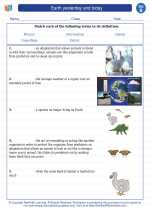Tectonic Plates
Tectonic plates are large pieces of the Earth's lithosphere that move and interact with each other. The lithosphere is the rigid outer layer of the Earth, consisting of the crust and the upper part of the mantle. The theory of plate tectonics explains how these plates move and shape the Earth's surface.
Types of Tectonic Plates
There are three main types of tectonic plate boundaries:
- Divergent Boundaries: where plates move away from each other. This often occurs along mid-ocean ridges.
- Convergent Boundaries: where plates move towards each other and collide. This can lead to the formation of mountains or subduction zones.
- Transform Boundaries: where plates slide past each other horizontally. Earthquakes often occur along these boundaries.
Plate Movement
Plate movement can cause a variety of geological phenomena, including earthquakes, volcanic activity, and the formation of mountain ranges. It also plays a role in the distribution of continents and the opening and closing of ocean basins over geological time scales.
Studying Tectonic Plates
Geologists and scientists study tectonic plates using a variety of methods, including GPS measurements, seismology, and the examination of rock formations. By understanding how tectonic plates move and interact, scientists can better predict and prepare for natural disasters such as earthquakes and volcanic eruptions.
Study Guide
Here are some key points to remember when studying tectonic plates:
- What are tectonic plates?
- What are the three main types of tectonic plate boundaries?
- What geological phenomena can be caused by plate movement?
- How do scientists study tectonic plates?
Understanding tectonic plates is essential for understanding the dynamic processes that shape the Earth's surface and for predicting natural disasters. It also provides insights into the distribution of natural resources and the formation of geological features.
[Tectonic Plate] Related Worksheets and Study Guides:
.◂Science Worksheets and Study Guides Second Grade. Earth yesterday and today
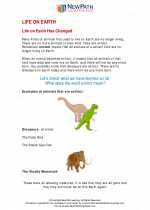
 Worksheet/Answer key
Worksheet/Answer key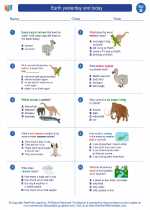
 Worksheet/Answer key
Worksheet/Answer key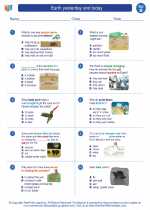
 Worksheet/Answer key
Worksheet/Answer key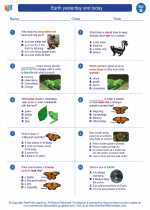
 Vocabulary/Answer key
Vocabulary/Answer key